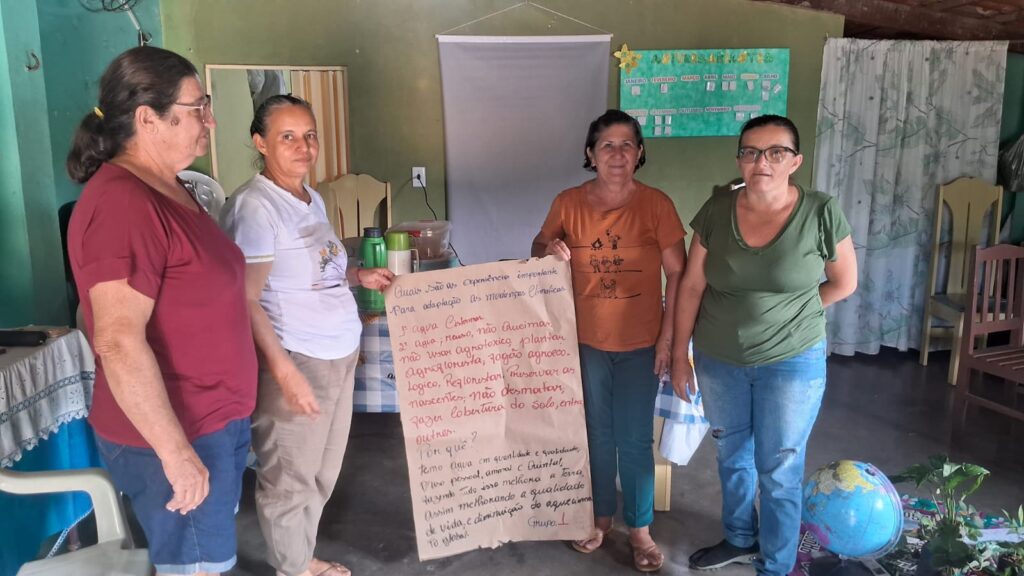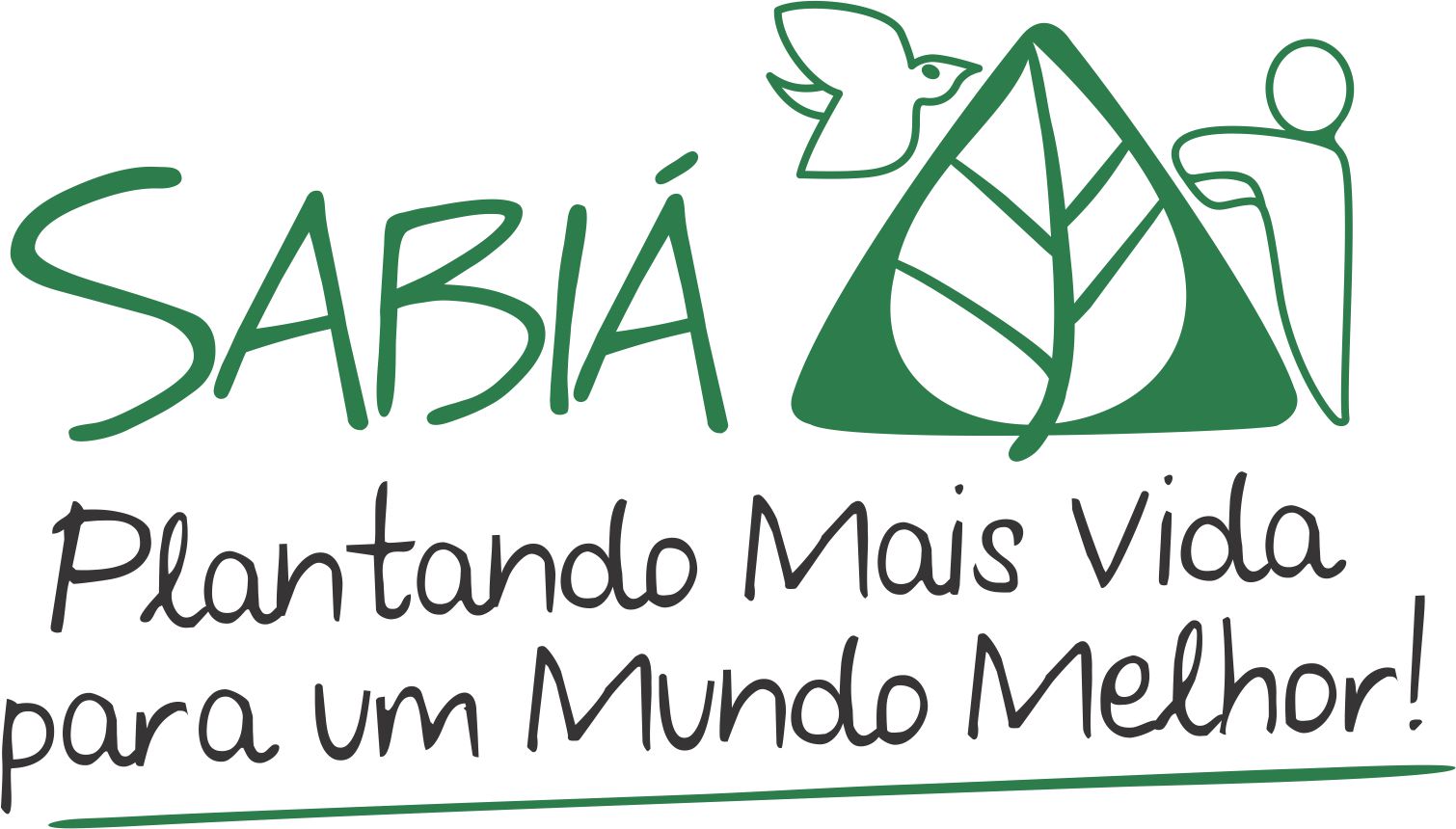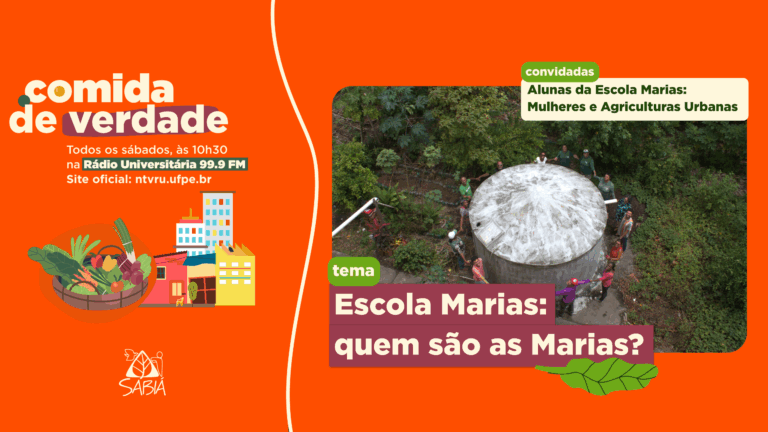Experiences with women from the semi-arid region on gender and climate
Riva Almeida
Territorial Coordinator of the Sabiá Center in the Pajeú Hinterland

“In the old days, the rain used to stop before it came,” was how Maria José Henriques described her perception of “Climate Change”. She said that nowadays we no longer hear this “noise”, which used to accompany the water-laden clouds in the hinterland winters. We had this conversation with women farmers from Itapetim, a municipality in the upper Pajeú region. They also talked about the feeling of much stronger heat recently. These farmers are defenders and guardians of the Caatinga, the Semi-Arid forest, and of the water that is planted and born there. Their impressions and observations about this climate change that is advancing on the planet are very important, because it is precisely women who are most affected by the consequences of this global phenomenon.
Living in the semi-arid region has become even more challenging in this context of “Global Warming”. However, against this threat are the experiences of living in this environment. The people of this place have come out ahead in an intelligent reaction to periods of prolonged drought, especially the most recent one between 2012 and 2018. It was seven years of drought, considered to be the longest in the last 100 years. And this was the greatest test of resilience experienced by the women of the sertanejas. Resilience is the ability to recover after a crisis, and the people of the sertanejo understand this, especially women, who are responsible in the vast majority of rural communities and homes for managing water: for drinking, cooking, bathing and cleaning the house, for watering chickens and goats. They are the ones who bear the responsibility of supporting the family in times of adversity.
We need to learn about resilience from these farmers. Also in this conversation with them, which involved a lot of learning, they told us about the strategies they use to get through periods of crisis, when water is scarce and they need to be prepared to endure without having to uproot themselves from the land, as many people do, not out of desire, but out of necessity. And then they say that it has become less painful to go through these times, which are already expected in the reality of the semi-arid region. Cisterns, water reuse systems, agroforestry, productive backyards, the generation of non-monetary income represented by the food produced and present on the table – all of these are practices for living in the semi-arid region and adapting to climate change; precious and daring initiatives, pioneered mainly by women farmers. All of this needs to be made visible, because it is in agroecological practices led by women that we find the answers to a fair Semiarid , with the Caatinga standing tall and a world with life in abundance.
Nothing found.


